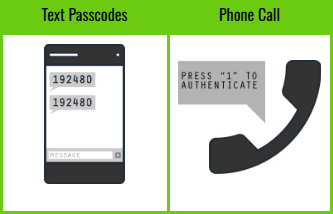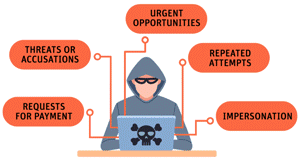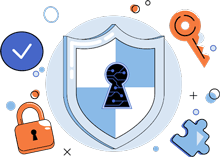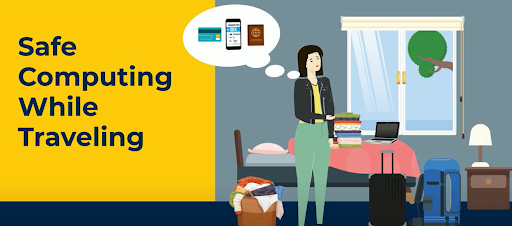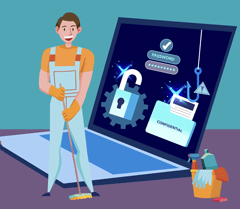Asmat Noori, Interim Chief Information Security Officer, appreciates the ways in which the security community demonstrates commitment to the shared responsibility of protecting U-M’s digital assets. One component of this responsibility is staying informed. Information Assurance (IA) has established a training working group composed of unit representatives who are interested in implementing new ITS-developed data protection training across the university. This group, which meets monthly, has been learning about the training and developing plans to transition to the new courses. Noori elaborates, “It’s an exciting opportunity to provide consistent, vitally important content in an engaging format. It’s great to see units already successfully implementing this training.”
IA has also been moving forward with updates to IT standards, such as Network Security (DS-14). A revision published in February, provides clarification to required security measures, and roles and responsibilities. Noori explains, “This update supports our effort to work collaboratively with the security community to ensure open access to resources across the university, while protecting its valuable digital resources and data.” See the article below about other policy review efforts and how to stay informed.
Noori is also looking forward to working with units in the coming months on expanding use of IA’s existing vulnerability management capabilities, such as Tenable. “Remediating vulnerabilities in an expedited manner is one of the most important things system owners can do to ensure the confidentiality, integrity, and availability of their systems and the data they protect.”
Sol Bermann, Executive Director of Privacy & Faculty Affairs, extends his gratitude to the U-M community and beyond for participating enthusiastically in this year’s Data Privacy Day activities. He elaborates, “We were thrilled by the turnout for the fantastic presentation by Prof. Sauvik Das on ‘Privacy in the Age of AI,’ and UMSI Prof Florian Schaub’s in-depth conversation with him. We so appreciate engaging with U-M faculty like Prof. Schaub, and the on-going collaboration with the U-M School of Information in co-sponsoring Privacy@Michigan events with ITS. We also debuted yet another first-of-its-kind privacy tool as part of this year’s festivities! Privacy Portraits is a question-based fun way to find out what sort of privacy persona you are by assessing your privacy practices and considering privacy recommendations at the same time.” See an article about this year’s events in the newsletter.





